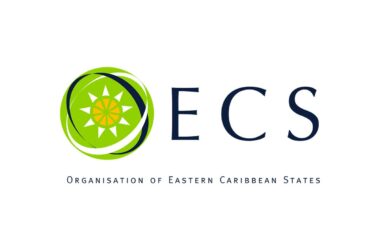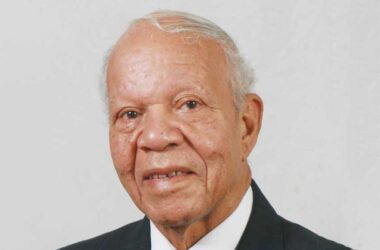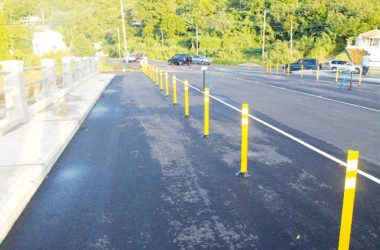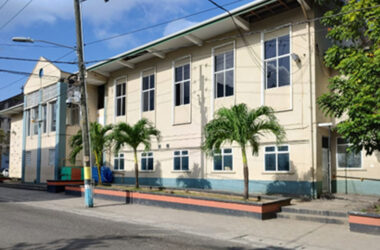SINCE taking office eleven months ago, the current administration has not been without grandiose plans for arresting the nation’s ailing economy. From attracting some of the world’s best investors in an effort to drum up economic fortunes to demanding that the public sector is streamlined to perform efficiently and effectively, there seems no shortage of ambitious plans to change the status quo.
Undoubtedly, the status quo that has dogged us perennially has not been one to shout about, especially to the fellow OECS sisters and brothers who envied us during our golden days of Cavendish and mass tourist arrivals.
Today, a different picture stares us hauntingly as we attempt to find solutions while wading through the politically-charged climate that seems to divide us further rather than unite us. Today, too, we wantonly blame those who interrupted our prosperous past through bad decision-making while evidence seems to suggest that we are heading down that path once more.
To say that the current government has its work cut out for it would be as clichéd as Throne Speeches urging us to adopt belt-tightening measures. Despite a less-than-encouraging 0.9% growth in the Saint Lucian economy last year, many challenges remain. As far as averages go, the overall economy grew by an average rate of 1.3% between 2006 and 2016, a period within which both UWP and SLP served a term each. Further, from 1996 to 2015, during which the SLP served three terms and UWP one, the average growth rate was 1.6%.
Both parties have argued that external shocks and other unforeseen circumstances, including oil prices and natural disasters, have erased whatever greater prospects we had of progressing economically. However, the wiser school of thought has found both parties wanting on several occasions making risky moves that left our economy hanging precarious, with wastage in the public sector being among those factors.
Currently, 22,500 people are unemployed with a youth unemployment rate that stands shamefully at 43.1 %. It gets worse: while the fiscal deficit would have narrowed slightly last year, tourist arrivals fell by 7.3% with visitor expenditure dipping by 4.8% to $1.97 billion. The agriculture, construction and manufacturing sectors either did satisfactorily or fell behind.
With a promise to drive unemployment down to at least 15% by 2021, the current government has seemingly taken notice that to achieve that goal, thinking outside the proverbial (constricting) box works best. However, some of the thoughts behind some of its ambitious plans are already being criticized by the citizenry who believe that government is doing too much too fast and without any compromise. It seems that government and the electorate are at odds with not only what plans there are, but how they are being implemented.
But with a $1.5 billion budget earmarked for the current budget cycle, of which financing would include in part issuing of bonds ($208 million), treasury bills ($50 million) and loans ($84.8 million), something’s got to give albeit taxpayers would be footing that increasing bill.
With a public wage and salaries bill for this budget cycle estimated at $490.1 million (up by 2.8% from the previous cycle) and debt servicing amounting to $294.6 million, government now finds itself between a rock and a hard truth: delivering on its promises of economic growth and funding such growth.
Nevertheless, the government must ensure that however ambitious its plans are, it still remains the right of every citizen to be concerned about their country’s direction. As such, government needs to pay more attention to the people’s concerns and not simply write them off as being political. In the end, government would hope that its big gamble pays off. However, it must realize that when that game is lost, citizens always end up paying that bill – financially and otherwise.















